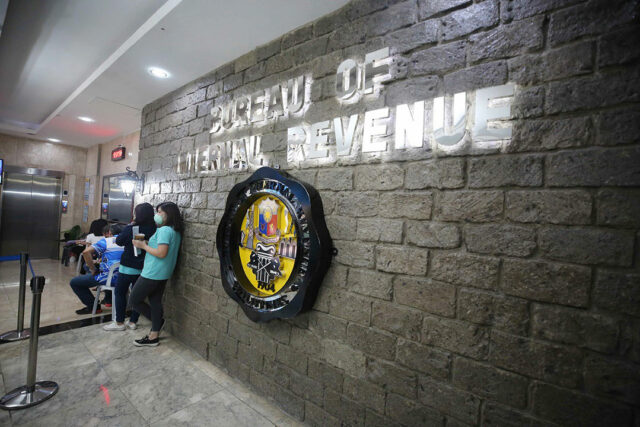High rates seen to weigh on growth

By Luisa Maria Jacinta C. Jocson, Reporter
METROPOLITAN Bank & Trust Co. (Metrobank) Research trimmed its gross domestic product (GDP) forecast for the Philippines this year as elevated interest rates continue to crimp domestic demand.
“We continue to believe that the country’s economic growth should remain robust, albeit at a moderated pace as investment momentum remains constrained by tight monetary policy, making it harder for businesses to invest and expand,” it said in a report.
Metrobank Research sees the economy growing by 5.7% this year, lower than its previous 6% forecast.
If realized, this would fall short of the government’s 6-7% growth target this year, but slightly faster than the 5.5% GDP expansion in 2023.
Metrobank noted that “additional efforts” would be needed to reach the government’s goal.
In the first quarter, GDP expanded by 5.7%. Second-quarter GDP data will be released on Aug. 8.
Metrobank also noted that many Filipinos are not spending as much as before amid higher borrowing costs.
“Some households have also incurred more debt. Despite these challenges, the economy continues to move forward, just at a more measured pace than initially hoped,” it said.
In June, the Bangko Sentral ng Pilipinas (BSP) kept its key rate steady at 6.5%, the highest in over 17 years.
The Monetary Board has raised borrowing costs by a cumulative 450 basis points (bps) from May 2022 to October 2023.
For 2025, economic growth is seen to average 6%. This would also miss the government’s 6.5-7.5% target range.
Meanwhile, Metrobank Research said it expects inflation to settle within the BSP’s 2-4% target this year and in 2025.
“The price of rice, which has been a major reason for rising costs in the Philippines, is expected to go down. This should help keep overall prices more stable. We agree with the BSP that inflation will stay within acceptable levels this year and next.”
For this year, it sees inflation averaging 3.3%, and 3.1% in 2025, in line with the BSP’s baseline forecasts.
Headline inflation eased to 3.7% in June, marking the seventh straight month that it settled within the BSP’s 2-4% target band.
Rice inflation eased to 22.5% in June from 23% a month ago. This marked the third straight month of slower rice inflation.
“However, some challenges loom ahead. A strong La Niña weather event could affect crop production and prices,” Metrobank Research said.
“Also, geopolitical events could affect supply chains and push prices up as well. While the future looks promising for stable prices, our outlook may change.”
Meanwhile, Metrobank Research sees the central bank possibly delivering up to three rate cuts this year.
“We believe the BSP might lower rates twice this year, with a possible third cut in December if prices remain stable and the financial markets stay calm,” it said.
BSP Governor Eli M. Remolona, Jr. has previously signaled that they are on track to begin policy easing by August. He earlier said the central bank can cut by up to 50 bps this year.
If the BSP reduces rates in August, this would be the first rate cut since November 2020.
“However, these decisions are also dependent on what the United States Federal Reserve does with its own interest rates. The BSP will keep a close eye on how quickly the US lowers its rates, as this can affect the Philippine economy and the value of the peso,” it said.
The peso is also seen to rebound by yearend, settling at around P57.20 against the dollar, according to the report.
The Development Budget Coordination Committee expects the peso to range from P56 to P58 per dollar this year.
The peso closed at P58.35 per dollar on Friday, strengthening by 8.5 centavos from its P58.435 finish on Tuesday.
In May, the local currency sank to the P58-per-dollar level for the first time since November 2022.
“The US dollar’s strength is expected to wane when the Fed lowers interest rates. Meanwhile, the Philippine central bank is also likely to reduce its rates, which could increase imports as the economy grows,” Metrobank Research said.
Markets are currently pricing in a near-certainty that the Fed will begin cutting interest rates at its September meeting and expect 66 bps in total cuts by the end of the year, according to CME’s FedWatch Tool, Reuters reported.
“Looking ahead, a wider current account, where the Philippines buys more from other countries than it sells, could also establish a new baseline for the peso’s value,” Metrobank added.












